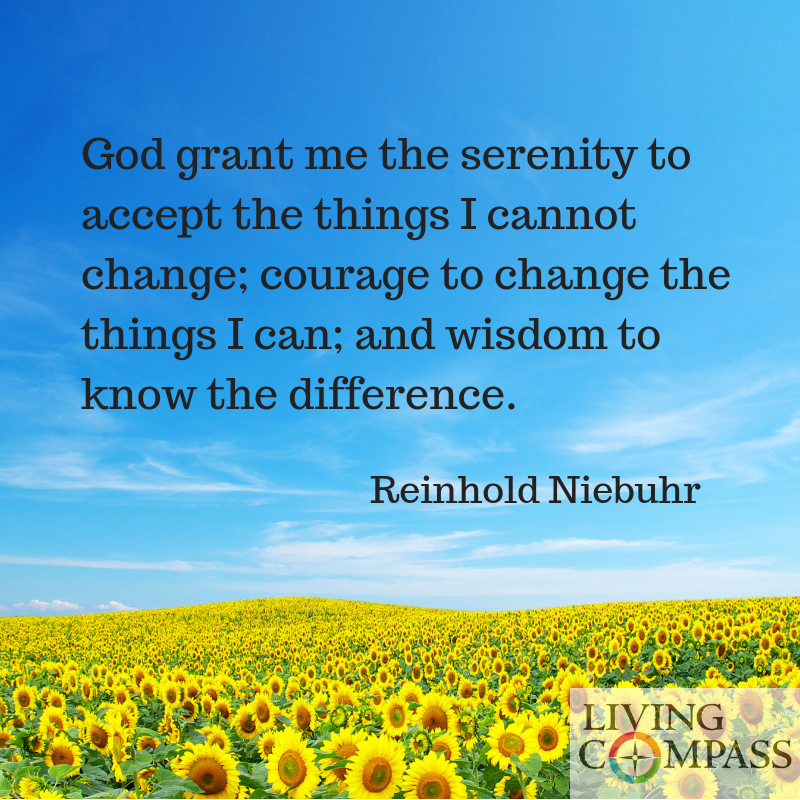Muddy Resurrection
I live in Wisconsin, and for those of us who celebrate Easter, there is often a beautiful convergence of our Easter celebrations with the magnificence of spring bursting forth all around us. The symbolism of new life bursting forth from the dark days of winter here aligns perfectly with our celebration of Jesus' resurrection.
This year is not quite like that though. If you have ever lived in the northern part of the US, especially in New England or the Midwest, you know that there are not just four seasons each year. There is actually a fifth season, one that comes between winter and spring and only lasts a few weeks. We call it mud season. If you could see my running shoes which are currently sitting outside my back door (because I made the mistake of stepping off the paved running path I was on earlier this week), you would know that this season is well named.
Part of what creates the massive amount of mud and messiness this time of year is the fact that after a long, cold winter the depth of the ground freeze is quite significant. During the mud season, while the warming temperatures thaw the surface of the ground, the deeper ground remains frozen, and thus the melting water at the surface is unable to percolate down into the soil. Until the deeper ground thaws, the water stays on the surface creating increasingly deeper levels of mud and mess.
While most of us would probably prefer the blooming new life of Spring to coincide with our Easter celebrations, I am finding that there is unexpected wisdom in considering mud season as a metaphor for what resurrection sometimes feels like in our lives. This week we watched with grief and sadness the fire at Notre Dame Cathedral. Before the fire was even fully extinguished there emerged signs of resurrection as so many committed to fully restoring this sacred place of worship. I believe with all my heart that new life will occur for Notre Dame, and I also believe that it will be a long messy, muddy process before fresh spring-like expressions of new life emerge.
I think of friends who have a new baby-could there be a better example of their overwhelming celebration of this new life occurring in the midst of a lot of sleepy, bewildered, muddy, and messy times?
I think of when I have lost someone I love and how slowly the process of grief works. There is a long, muddy season that both proceeds and accompanies the thawing and healing, and then the gradual resurgence of new life and a new kind of normal.
There are of course times when resurrection and new life bursts forth all at once in our lives. In my experience though, it is more often a gradual process, one that includes some muddiness and messiness, no matter the change.
The last verse of The Green Blade Rises, one of my favorite Easter hymns, beautifully describes the process of new life, resurrection, and healing. I have no doubt that the fields that serve as the host for the new wheat described in this verse also contain their share of muddiness.
When our hearts are saddened, grieving, or in pain,
By Your touch You call us back to life again;
Fields of our hearts that dead and bare have been:
Love is come again, like wheat that springs up green.
(Words by John M. C. Crum)
To all our readers that celebrate this day, we wish you a Joyous Easter, even if it be the slow, messy and muddy kind.
Subscribe Now to Weekly Words of Wellness:
Click the button below to signup for the e-mail version of Weekly Words of Wellness. This weekly article can be shared with your community electronically and/or used for group discussion.
You can unsubscribe at any time.




